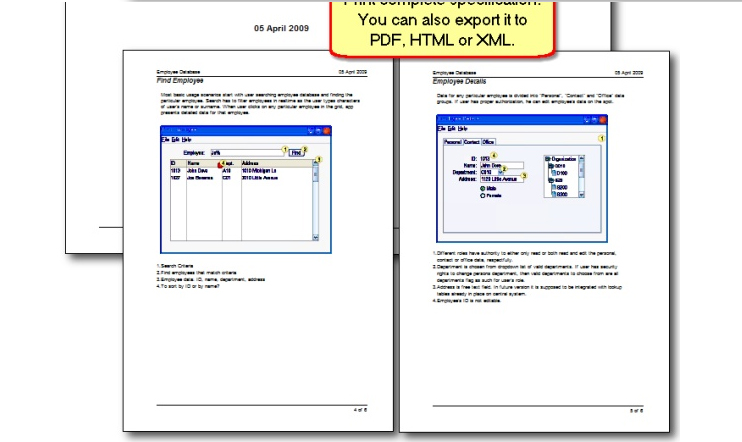

- #Mockup data generator how to
- #Mockup data generator install
- #Mockup data generator generator
- #Mockup data generator full
Overall, most people agree that the DTM Data Test Generator offers users an effective strategy for database testing. People can do a number of different things with the DTM Data Test Generator, such as enabling data row generation, text file generation, and clear rule. However, those who do use it enjoy the organized structure it provides that makes the testing process easier for them. As a result, individuals tend to stray away from using the DTM Data Test Generator.

#Mockup data generator full
We can also generate full URLs for something like user resources. The DomainName is picked from a list of plausible company names combined with a random valid top-level domain. It will internally use DomainName to get a random domain for the email and convert the name to a username-style word. Here we used the user's previously set name for the email. We can generate a domain name like so: user.CompanyDomain = () Īnd we can generate an email like so. This is one point where it is especially easy to see if you have simple used a random string or hardcoded a single email. Then we could get a random value for this enum using Faker.Net like so: user.Visibility = () ĭomains and especially emails are also data types that are used a lot. This could be represented with an enum like this. We could imagine that we also had a field for the UserProfile specifying their public visibility. "Ea voluptas maiores nihil quia et eum. We will simply use a simple Lorem Ipsum generator that is part of the library. The last thing is to generate some text for the Bio. You can also get Zipcodes and street names if you have a more complex address field. The country and city are generated independently so they will not fit together if you want to validate it later. For this, we want to get a random country and city. Next, we want to generate where this user is from. Random numbers like these can be useful if you have some custom formatting for big numbers in your UI or just to see some varying data for a demo. Faker.Net uses the RandomNumberGenerator class from instead, which can create even more random numbers and handles multithreading better. We could have created a new Random object instead and used its Next method instead.


Next, we want to generate a number for the Followers field. But we could also format the name ourselves by accessing the First, Middle, and Last methods from Name. In this case, we want the name to be specified with prefixes like "Mrs." or "Mr.". We can generate a name from a combination of predefined First, Last, and Middle names together with optional suf/pre-fixes. Here we need to generate a Name, some random number in a plausible range, an Address, and some random text for their Bio. We might want to create some instances of the following model. We can do this through the Package Manager in Visual Studio or adding it through the CLI with: dotnet add package Faker.Net
#Mockup data generator install
Getting startedįirst, we need to install the Faker.Net package. The cause for its continued use is probably due to its many use cases and very simple structure. The library keeps being used and is updated to newer versions of. The Ruby library was itself a port of the Perl library Data::Faker from 2007. NET library was initially a port of the 2009 version of the Ruby library Faker but has diverged in many ways.
#Mockup data generator how to
In this article, we will show the range of possible values it can create and how to use them. Faker.Net can help make this possible by making it very simple to get a lot of random names, addresses, emails, etc. Either because you might not have actual data available yet or because you don't want to show or pick the data from real users which can contain sensitive information. When developing, testing, or showcasing something it's often important to use data that is not real data. Written by Kristoffer Strube, March 23, 2021


 0 kommentar(er)
0 kommentar(er)
